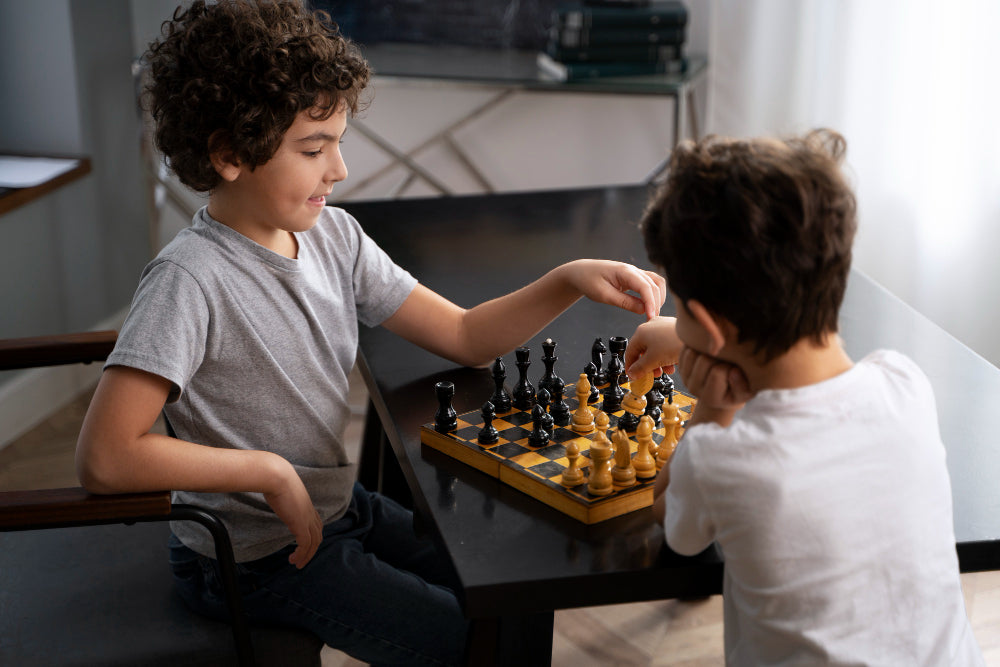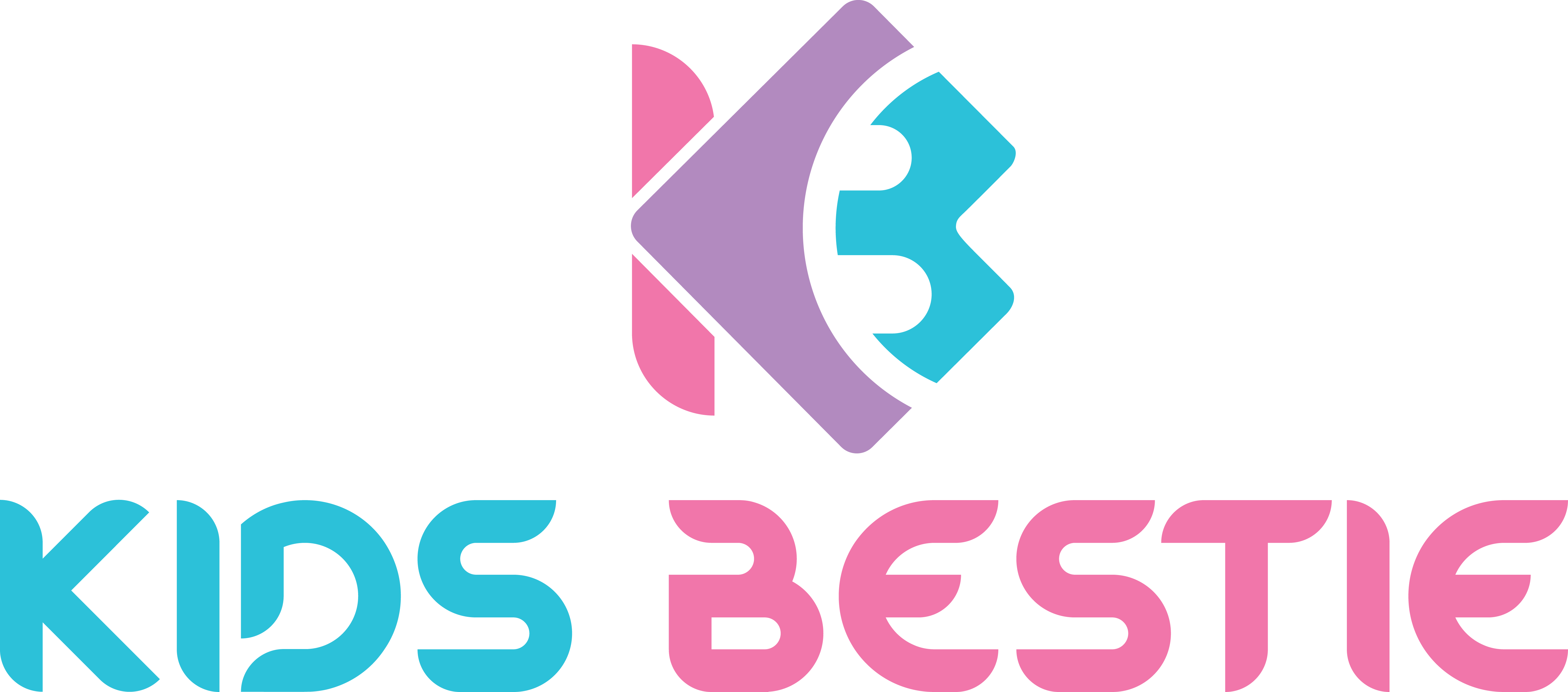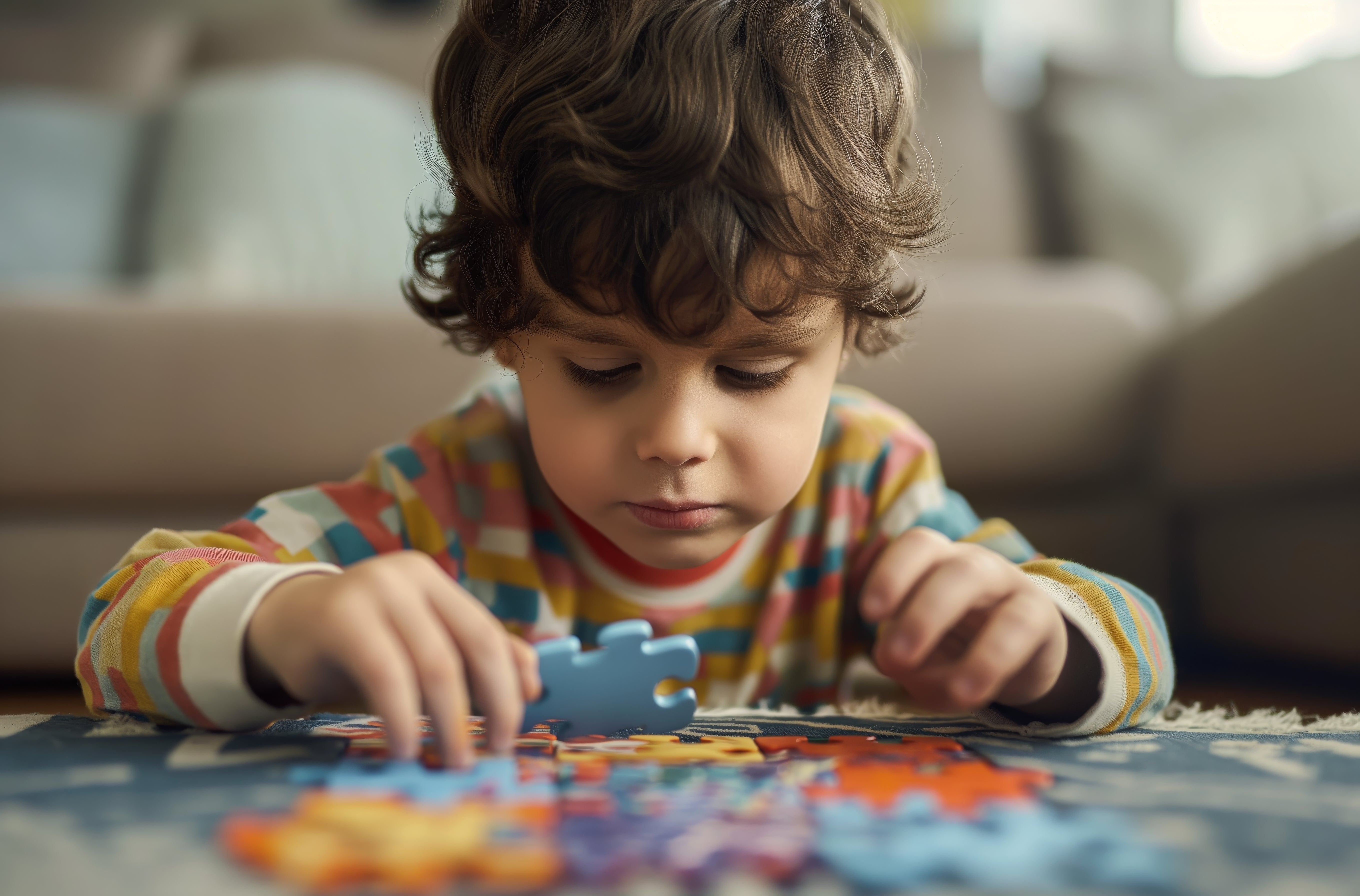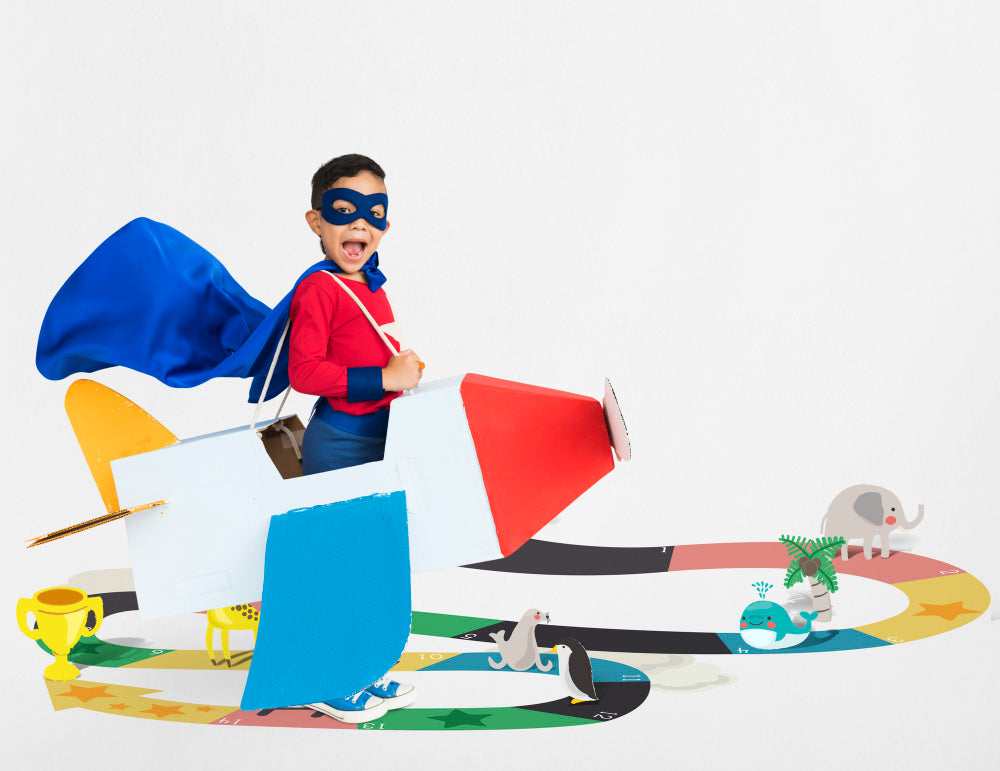
How to Introduce Chess to Kids in a Fun Way
Ever wondered how to teach chess to kids in a fun way? This guide will take you through strategies that are playful, methods that suit the age group, fun ways to teach kids chess and...
The game of chess is commonly referred to as the game of kings; however, in real sense, it is a game of all people, including children. Not only learning the moves of the pieces but also showing children a world of strategy, problem-solving, and creativity is the point of teaching them to play chess. Chess is one of the most enjoyable learning games among children with the proper attitude and can activate their interest and equip them with skills in the long-term.
Ever wondered how to teach chess to kids in a fun way? This guide will take you through strategies that are playful, methods that suit the age group, fun ways to teach kids chess and tips that can be applied so as to make the game interesting and at the same time informative.
Why Should Kids Learn Chess?
Before getting down to the how, let us know the why. Chess is not a simple board game, it is a brain development tool.
-
Enhances Attention: Children are taught to concentrate on the actions, predict, and remain alert.
-
Increases Problem-Solving Ability: In each move there is a need to plan and analyze.
-
Develops Patience and Discipline: Chess trains children to think first.
-
Improves Memory: The ability to recall positions and strategies in pieces builds memory strength.
-
Promotes Innovativeness: Children tend to amaze the parents with creative gestures.
To the point, chess is a brain-challenging puzzle game and also that is both entertaining and educative.
Step 1: Begin with Storytelling.
Children are fond of stories, and chess abounds in them. Present chess pieces as characters with personalities:
The King is significant yet tardy--he requires defence.
The Queen is strong and has the ability to move everywhere.
The Knights are similar to the horses that jump in special manners.
The Pawns are miniature soldiers marching forward.
When turning pieces into characters, kids get a feeling that they enter a magic world instead of learning rules.
Step 2: Simplify the Rules
The entire game of chess may be intimidating to new entrants. Divide them into little fun lessons:
Learn by bits - Begin with pawns, then add rooks, bishops and so forth.
Mini-games - Play with pawns only or queens only to practice the movements of the pieces.
Reward systems - Reward every time your child has mastered a piece.
This sequential strategy makes the learning process interesting and simple.
Step 3: Visuals and Interactive Tools.
Visual representations help children to learn faster. Play on colored chessboard, kid-friendly models or even chess applications in kids online. Chess is made more engaging, and less radical, through the use of animations to illustrate moves on many interactive platforms.
When you want to do things offline, you can draw funny charts or create magnetic chess boards which will be easy to handle using little hands.
Step 4: Make It Playful
Chess does not necessarily have to be serious. Try these fun methods:
Puzzle Challenges: Have your child match with a queen and king only.
Speed Chess: Have them play as many moves as possible in 2 minutes.
Treasure Hunts: Prepare a square of goal and make them guess how they can get to it.
Children will automatically be curious and motivated when learning is a game.
Step 5: Play Together
Children are best learners through example. Play with them and sit with them rather than tell them what to do. Allow them to explore, experiment and test out their creativity.
Keep in mind: it is not the matter of winning and losing, it is learning. Never pressurize them--motivate them. Children devise their tactics as time goes by.
Step 6: Implement Chess Clubs and Friendly Matches.
When children have mastered the fundamentals, then open their minds to a larger society. Chess clubs or school competitions provide them with a chance to:
Learn new tactics from peers.
Learn interpersonal skills.
Have confidence in putting to practice what they have learned.
This makes chess for kids a social and enjoyable experience and not a hobby by itself.
Step 7: Relate Chess to Real-Life Lessons.
Chess is not just a game- it is a skill in life. Demonstrate to your child that chess can teach them patience, critical thinking and resilience. For example:
The loss of a part is like a hustle in life, keep on, seek an alternative.
Planning ahead in a game of chess is equivalent to planning homework or the future.
Guarding the king is the way of taking care about what is really important in life.
Bringing chess to real life lessons will enable the kids to appreciate the game outside the board.
Parenting Advice on making Chess enjoyable:
Be Patient: Not all children learn at the same rate.
Small Wins: Even when they remember that there was a move of a single pawn, applaud them.
Do not Over-Compete: Do not emphasize on winning, and focus on learning.
Promote Everyday Practice: Long, tiresome games are worse than short 10-15 minute ones.
Explore Fun Variations: Experiment with things like "chess960" or themed chess boards, to keep kids occupied.
Selecting the Right Chess for Kids
The appropriate gear is important when teaching chess to children. Look for:
-
Larger chess boards with pieces that are child friendly.
-
Bright designs which are attractive to younger players.
-
Travel sets or easy handling magnetic sets.
-
The easy to play chess puzzles to reinforce learning.
In KidsBestie, you will get best chess sets for children that are fun, safe, and durable and which are specifically created to suit kids who are only starting to play chess.
Final Thoughts
There is no need to make it complex or dull when it comes to introducing chess to children. By making the game interactive, fun, and story-driven and with best chess sets for children you will capture their attention and develop key skills such as focus, patience, and problem-solving.
Chess is not just a game on a board but a brain-boosting games that can help kids throughout their lives. By using the correct strategy, you will be able to make your child fall in love with the game of chess, not to mention that you will turn the process of learning into a fun experience. Using KidsBestie’s thoughtfully designed, travel-ready, and budget-friendly chess boards, every child can embark on a fun learning journey that goes beyond the game—building skills and family memories along the way.
Then, lay the board, and give the tale of the pieces, and the fun may be!



